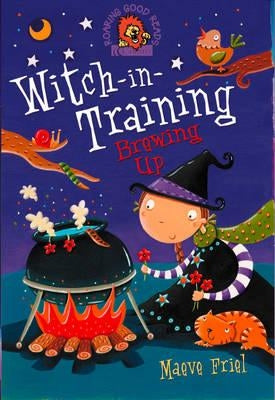Alien (4K Ultra HD)
$26.99
Brewing Up
$5.99
No Guns Life, Vol. 7
$12.99
Forgotten Work
$14.95
Deleted
$14.99
The Golden Line
$15.99
Speculative Los Angeles
$16.95
Bending Time
$14.00
The Tribe: (R)Evolution
$17.99
Battletech: Redemption Rift
$13.95
Highcastle: A Remembrance
$25.00
Luna: Moon Rising
$20.99
Kris Longknife: Indomitable
$16.99
Perseids and Other Stories
$15.99
Souls in the Great Machine
$20.99
The War Against the Rull
$16.99
Sadie Walker Is Stranded
$19.99
Starship's Mage
$13.99
Ultraman, Vol. 11
$12.99
Commune: Book 4
$19.99
Commune: Book 3
$16.99
Westport
$12.99
Shout of Honor
$8.00
Mobile Suit Gundam Wing 14
$12.95
Devils' Line 6
$12.95
Devils' Line 5
$12.95
Attack on Titan: Lost Girls
$12.95
The Queen of Traitors
$15.99
The Queen of All that Dies
$15.99
The Journey
$16.24




















































